The grazing season at an agroforestry plot at the Agri Food and Biosciences Institute (AFBI) at Loughgall has between 14 and 17 extra weeks of grazing each year, compared with a standard grassland plot.
Speaking to Ulster Farmers’ Union (UFU) members at a soils event in Cookstown on Thursday evening, Professor Jim McAdam said that agroforestry is essentially trees planted at wide spacing in grassland.
Plantation
The AFBI plot had ash trees planted at a rate of 400 stems per hectare, whereas a standard forestry plantation is around 2,500 stems per hectare.
The agroforestry plot was managed in the same way as grass, with 80 units of nitrogen spread per year and sheep grazed as part of a rotational system.

Professor Jim McAdam from AFBI presenting at a UFU-organised event in Cookstown on Thursday.
McAdam said that suitable grazing conditions as part of the trial were defined as 40% soil moisture.
In the winter of 2016/17, the grassland plot was above 40% soil moisture from the start of September to nearly the end of May.
In the agroforestry plot, soils were above 40% moisture from late December to mid-April.
“This equates to 17 weeks extra grazing under agroforestry. We are still to work out final figures for last winter, but it is somewhere in the region of 14 weeks,” McAdam said.
The agroforestry plot at Loughgall was planted in 1990 and has been thinned out twice to allow more light into the forest floor for grass production.
Grass and timber
McAdam said that the agroforestry plot had the same grass growth (and sheep production) as the standard grassland plot for the first 12 years.
He said that the decision was made in 2003 to carry out the first thinning, which produced a crop of hurley-quality ash, which was sold for €272/m3 or €1,048/ha.
“We treated this as a grass system with trees bolted on, as opposed to a mainly tree production system with some grazing by livestock,” McAdam told UFU members.
Read more
Agroforestry - growing grass and trees together
Letter regarding environmentally sustainable forestry options
The grazing season at an agroforestry plot at the Agri Food and Biosciences Institute (AFBI) at Loughgall has between 14 and 17 extra weeks of grazing each year, compared with a standard grassland plot.
Speaking to Ulster Farmers’ Union (UFU) members at a soils event in Cookstown on Thursday evening, Professor Jim McAdam said that agroforestry is essentially trees planted at wide spacing in grassland.
Plantation
The AFBI plot had ash trees planted at a rate of 400 stems per hectare, whereas a standard forestry plantation is around 2,500 stems per hectare.
The agroforestry plot was managed in the same way as grass, with 80 units of nitrogen spread per year and sheep grazed as part of a rotational system.

Professor Jim McAdam from AFBI presenting at a UFU-organised event in Cookstown on Thursday.
McAdam said that suitable grazing conditions as part of the trial were defined as 40% soil moisture.
In the winter of 2016/17, the grassland plot was above 40% soil moisture from the start of September to nearly the end of May.
In the agroforestry plot, soils were above 40% moisture from late December to mid-April.
“This equates to 17 weeks extra grazing under agroforestry. We are still to work out final figures for last winter, but it is somewhere in the region of 14 weeks,” McAdam said.
The agroforestry plot at Loughgall was planted in 1990 and has been thinned out twice to allow more light into the forest floor for grass production.
Grass and timber
McAdam said that the agroforestry plot had the same grass growth (and sheep production) as the standard grassland plot for the first 12 years.
He said that the decision was made in 2003 to carry out the first thinning, which produced a crop of hurley-quality ash, which was sold for €272/m3 or €1,048/ha.
“We treated this as a grass system with trees bolted on, as opposed to a mainly tree production system with some grazing by livestock,” McAdam told UFU members.
Read more
Agroforestry - growing grass and trees together
Letter regarding environmentally sustainable forestry options






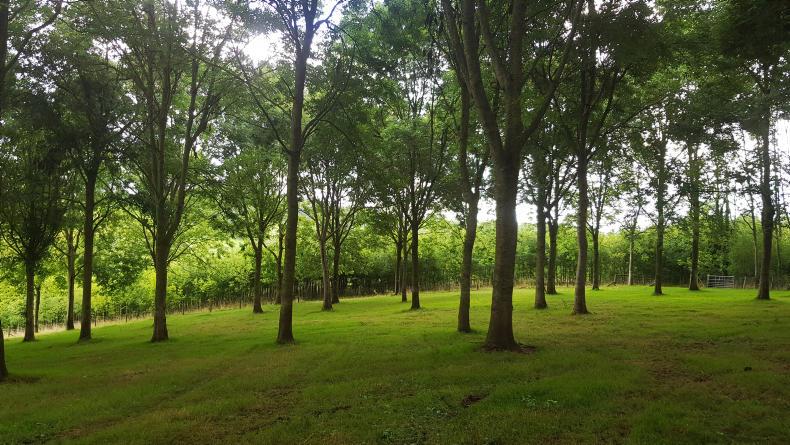
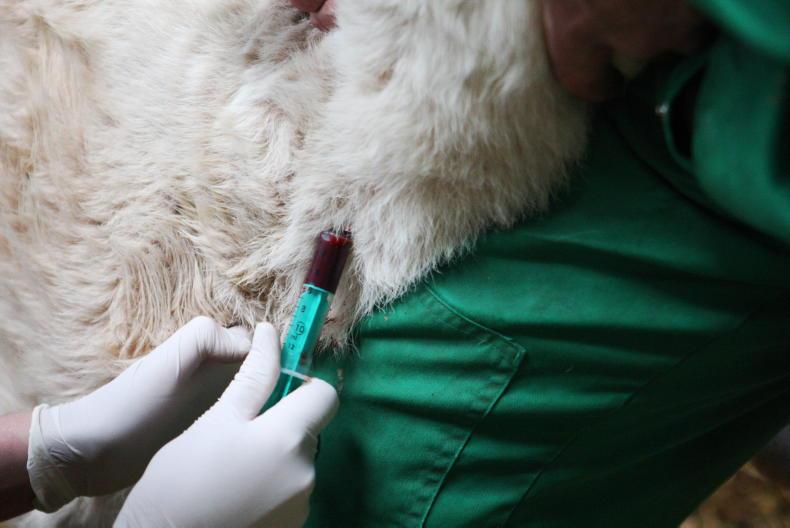
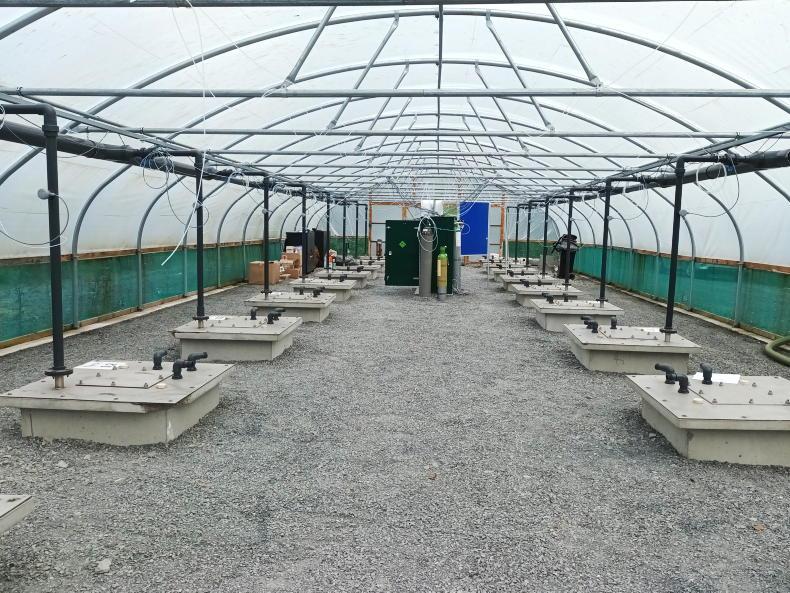
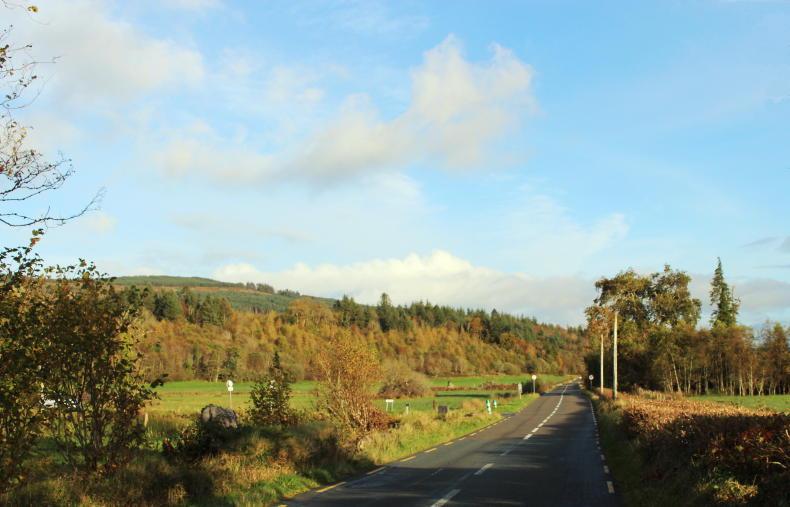
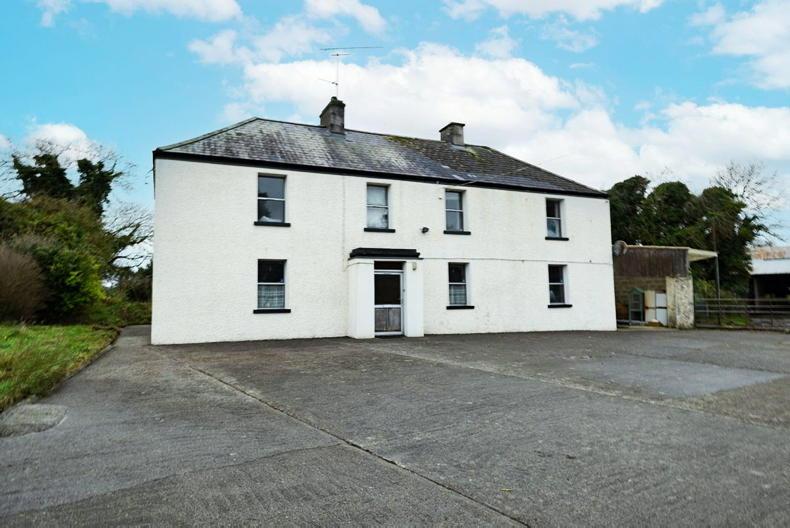
SHARING OPTIONS